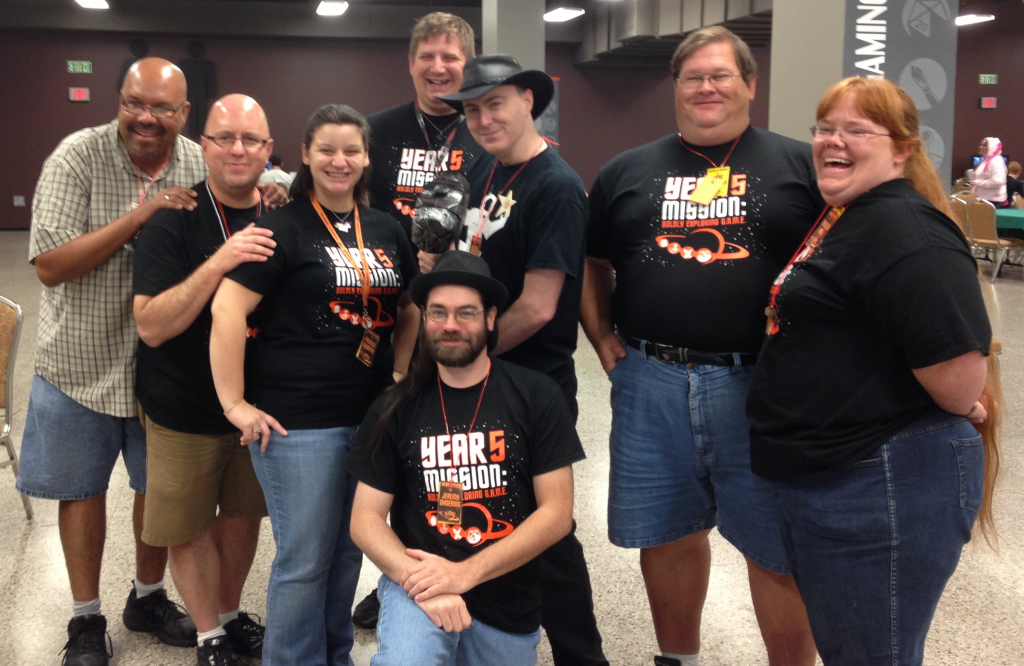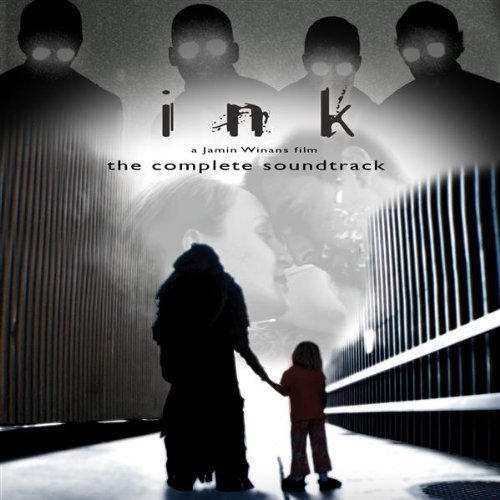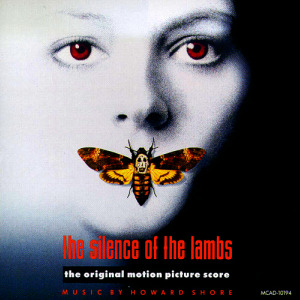It’s been a little while since I’ve posted Six Questions. But recently I had an opportunity to talk with Jonathan Tweet, and I couldn’t pass up the chance. Jonathan’s work has always been an inspiration to me as a designer, and I briefly had an opportunity to work with him during the early stages of 13th Age. Now he’s working on something entirely new and different.
 If you’re not familiar with Jonathan Tweet, you may just not have been paying attention. Jonathan’s early design work includes Ars Magica and Over The Edge; OTE is a personal favorite of mine, and influenced Eberron in a number of ways. He revised Talislanta for Wizards of the Coast, and published the card-driven RPG Everway. And he was lead designer on a n obscure little game you’ve probably never heard of… the third edition of Dungeons & Dragons. After leaving Wizards of the Coast, Jonathan teamed up with Rob Heinsoo to create 13th Age (with a little bit of help from yours truly!). And now he’s working on something entirely new, a children’s book called Grandmother Fish.
If you’re not familiar with Jonathan Tweet, you may just not have been paying attention. Jonathan’s early design work includes Ars Magica and Over The Edge; OTE is a personal favorite of mine, and influenced Eberron in a number of ways. He revised Talislanta for Wizards of the Coast, and published the card-driven RPG Everway. And he was lead designer on a n obscure little game you’ve probably never heard of… the third edition of Dungeons & Dragons. After leaving Wizards of the Coast, Jonathan teamed up with Rob Heinsoo to create 13th Age (with a little bit of help from yours truly!). And now he’s working on something entirely new, a children’s book called Grandmother Fish.
The biggest problem in asking Jonathan six questions is that there’s more than six things I’d like to know. For example, how does he feel about D&D Next and Pathfinder? Fortunately for me, David Gross already asked that question, which freed me to focus on some of his older work.
You’ve created an amazing range of games over the course of your career. What’s your greatest strength as a designer and writer, and how is this reflected across your body of work?
I see how things can be different. While I’m good at math, and I have a clear focus on the player experience, that’s not what sets my work apart. My goal hasn’t just been to create new RPGs but to change the way people play RPGs. Fortunately, I’ve been able to do just that a couple of times. Starting in 1987, Ars Magica set a precedent for bringing more story content to characters and to game mechanics. My creative partner on Ars Magica ported the structure to the modern world with Vampire: the Masquerade, which in turn had a big influence on gaming in the 90s. In 1992, Over the Edge showed how simple, free-form rules could allow greater player creativity. That game had a big influence on the indie game movement, and I’m proud of that. In 1995, Dungeons & Dragons 3rd Ed rationalized the structure of the rules. That had a huge impact on how people play D&D, and it influenced countless d20 games. People are still playing that system, albeit as Pathfinder under the Open Gaming License. The new RPG from Rob Heinsoo and me, 13th Age, combines my old love of simpler systems and free-form creativity with my renewed love of the D&D experience. Time will tell how influential it proves to be, but I have high hopes. Plenty of its concepts are directly portable to other versions of the D&D game.
I also have a knack for explaining things, and I spent years innovating new ways for people to learn games. I created original-format starter sets for Ars Magica, Magic: the Gathering, Dungeons & Dragons, and other games. That “beginner friendly” approach even informs the children’s book I’m doing now, the first book to teach evolution to preschoolers.
In 1992 you introduced the world to the island of Al Amarja with the RPG Over The Edge. The system is flexible and embraces player creativity, and the setting is a great source of inspiration while encouraging each GM to make the world their own. What led you to develop Over The Edge… Both setting and mechanics?
In 1990, I had left my game design career in Minnesota and a failed love affair in Barcelona, and I was back in my home town with a job selling mutual funds on commission. For my friends, I invented an accessible, creative roleplaying game, something much simpler and stranger than anything I would have designed for publication. In terms of mechanics, it was inspired by Chaosium’s Ghostbusters game, which debuted the dice pool mechanic, was super simple, and gave players a little bit of free-form creative license. The setting was inspired primarily by the writing of William S. Burroughs, especially Naked Lunch. My old friend Robin D. Laws speculated about the nature of a hypothetical RPG based on Burroughs, but he wasn’t serious about doing such a game. He inspired me to look into Burroughs, and I ended up doing a modern-day setting filled with reality-warping dangers and unseemly conspiracies.
The mechanics and setting go together. Around 1990, it was considered the height of artistic RPG design to have a fully-realized, original game world, such as you see for example in Skyrealms of Jorune or in Ars Magica. The problem I had with Ars Magica is that new players could not freely use their imaginations when creating characters because the characters had to fit into a particular setting, one that they were not familiar with. The point of Over the Edge was that a player could create a character without really looking at the rulebook. The setting was familiar: the modern day, only as weird as you can envision it. That meant that players could draw on their whole knowledge of the world to invent their characters. And the system has no skill lists, abilities scores, or other crunchy bits that constrain your character concept. The system and setting were both devoted to this core concept: that the new player could make up the character they wanted, and it would be excellent.
In 1995 you created Everway, an innovative RPG that used cards and storytelling in place of dice. What inspired you to create the Fortune Deck, and what do you feel it brings to the roleplaying experience?
Tarot cards appeal to fantasy gamers but also attract people who aren’t sword-and-sorcery fans but who like magical imagery. That was 20 years ago, before fantasy had spread as far into the mainstream as it has today. Our goal was to reach beyond the core RPG market to an untapped audience of potential new players. Honestly, it didn’t really work.
Tarot cards were my answer to the problem of what to replace dice with. Dice are cold, abstract, and numerical. If you think about it, it’s an odd component for a roleplaying game, which is creative and open-ended. In fact, one beginner role-player in my Over the Edge campaign found rolling four dice and adding the results to be too much arithmetic, especially when everyone at the table was watching and waiting for her to name her total quickly. I wanted a resolution system that wouldn’t fluster players like her. Everway’s Fortune Deck plays on the imagery of the tarot to give the player a “randomizer” that inspires the imagination, without arithmetic.
It’s fun to have a randomizer that plays on concepts instead of with numbers. The results can send play into surprising directions that wouldn’t result from a numeric input. There have been many times in play that someone drew the “exact right” Fortune Card, almost as if Fate were stacking the deck. Sometimes the card is so apt that it sends a chill down the spine. It’s fun to plug into that sort possibility with an evocative randomizer.
When your plane goes down on the way back from Australia, you find yourself stranded on an island with four strangers and four games. What games do you take?
Backgammon, Sequence, soccer, and Hillfolk. Backgammon has more randomness than chess, which allows one to play more casually. It also comes with a pair of dice that you can use for all sorts of other games. Sequence is a straightforward, team-friendly game that comes with a double-size deck of regular cards. We can turn that into two regular decks for poker, solitaire, hearts or anything. By “soccer” I guess I mean a soccer ball. Balls offer endless amusement. And finally Hillfolk, Robin D. Laws’ new RPG. It focuses on dramatic interactions between PCs, and it’s setting-neutral. We could play one setting after another, and the game is built for campaign-length play, which would come in handy on a desert island.
Your current project is something entirely new: Grandmother Fish, a child’s first book of evolution. Tell me what drove you to write a children’s book, what makes Grandmother Fish unique, and how your past experience has shaped your approach to writing it.
Fifteen years ago when my daughter was little, I started working on Grandmother Fish, trying to figure out how to make evolution accessible and appealing to a little child. I’ve always been a big fan of evolution, and I’ve got a talent for explaining things, so I started working on a manuscript. They say if you can’t explain something to a child, you don’t understand it yourself, so I took that as my challenge. The book would show a child how our ancestors evolved anatomy that we still have today, such as bones, or don’t have any more, such as tails. A children’s book author, however, let me know that my manuscript was not ready for publication. It was promising but not amazing.
Last September, after leaving Amazon Game Studios, I hit on a way to make the book amazing. Instead of talking about body parts, like jaws and bones, the book gets the kid to mimic actions, like chomping and wiggling. Kids, parents, and teachers really love the interactive, mimicry aspect of the book. This interactive element makes the book accessible to even younger children than before. Instead of being one of several published evolution books for grade schoolers, it’s going to be the only evolution book for preschoolers.
Evolution means a lot to me personally because it’s not just an abstract scientific fact. It’s the story of how we fit into the epic tale of life on earth. Like Neil deGrasse Tyson says, affirming our connection to all living things is a soaring spiritual experience.
There’s a week left in Grandmother Fish’s fundraising campaign on Kickstarter. What are you aspirations for the campaign, and what’s your next step after Kickstarter? Are there other fields of science you’d like to explore in this way?
Evolution is by far the science that’s most in need of a book for preschoolers. The rest of science is wonderful, too, but evolution is personal. It’s about who we are, how we got here, and our connection to the rest of the living world.
My original thought with the Kickstarter campaign was to self-publish Grandmother Fish before I got another corporate job in gaming. I didn’t want to go to my grave regretting that I’d never made the book happen because I was too busy pursuing a paycheck. But now that I’ve gotten into Grandmother Fish, I’ve made a couple important contacts in the science fields. Maybe I’ll keep mixing science into my game design career. For now I’m just focused on the Grandmother Fish Kickstarter campaign. That gives me plenty to think about each day.
Our Kickstarter funded on the third day, so at this point my aspirations are simply to reach more people. The more people we reach, the bigger a splash we make with evolution. I would like the success of the campaign to demonstrate that, yes, the country is more than ready for a preschoolers’ book of evolution. If someone merely hears about my book and thinks for the first time about teaching evolution to preschoolers, I can go to my grave happy.
That’s all for now. As of this moment there are six days left in the Grandmother Fish Kickstarter, so check it out now!




